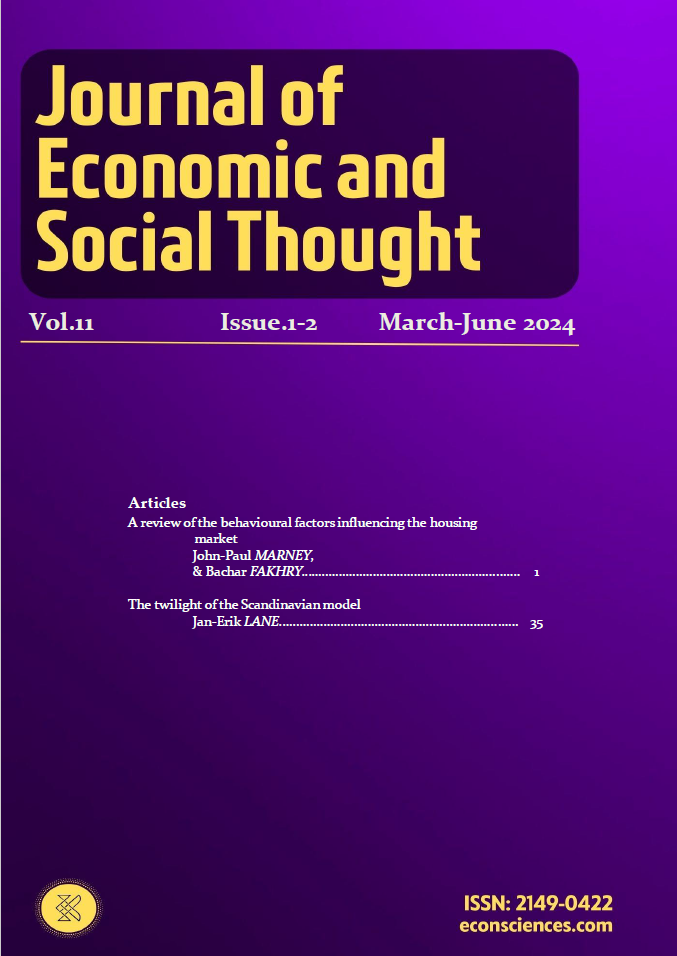Abstract
This article examines how the changing political landscape in Nordic countries (Denmark, Finland, Norway, and Sweden) is challenging the traditional understanding of the Scandinavian model. Once lauded for its stable party systems and successful welfare state, the region now faces increasing voter volatility and a decline in party loyalty. The analysis explores how social transformations, particularly the rise of a post-industrial society, are weakening the link between social class and political party choice. Studies of voting behavior show a rise in issue-oriented voting and a decline in traditional class voting patterns. This electoral dealignment is forcing parties to adapt and embrace "catch-all" strategies, while also contending with lingering ideological attachments among some voters. The article further highlights the rise of voter apathy and abstention, particularly among young people. This disengagement from the political process adds another layer of complexity to the changing nature of Nordic political behavior. Overall, the research suggests that the once-stable Scandinavian model is undergoing a significant transformation, demanding a reevaluation of how we understand Nordic politics and its future trajectory.
Keywords. Scandinavian model; Voter volatility; Party loyalty; Electoral dealignment; Post-industrial society.
JEL. A13; A14; A19; D72; P16.

This work is licensed under a Creative Commons Attribution-NonCommercial 4.0 International License.
